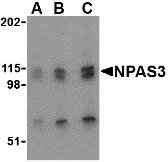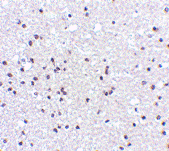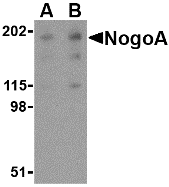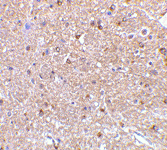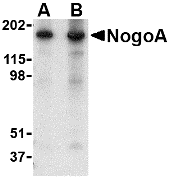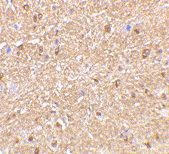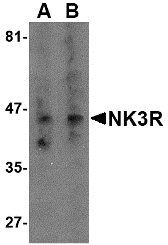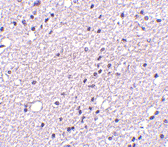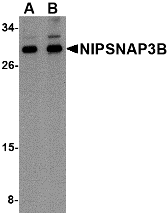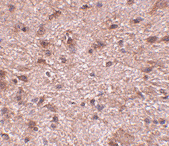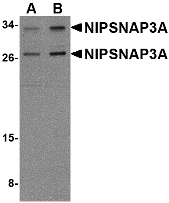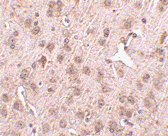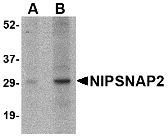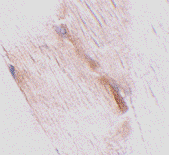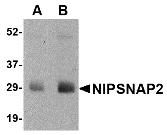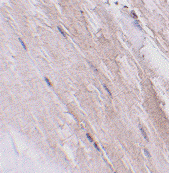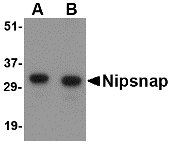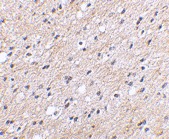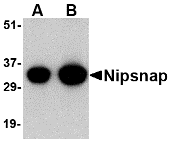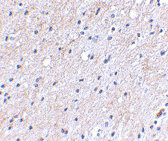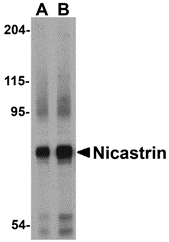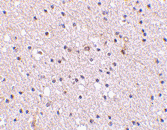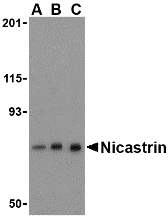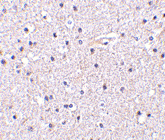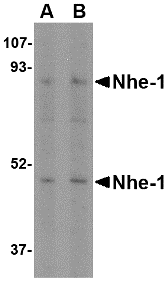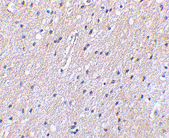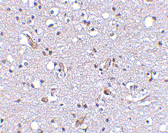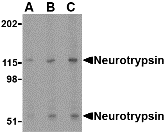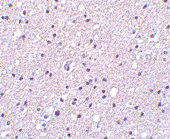Hybrid Genetics
Bio-Synthesis continued to provide quality hybrid oligonucleotide products and services for the research community, biotech and pharmaceutical company. At Bio-Synthesis we offer disovery scale synthesis to mid-scale multi gram quantities of antisense oligos for clinical diagnostic applications, in addition to the synthesis of these modified oligos, we routinely assist customers in the design of the oligos that are particularly suited to their applications.
Medical Genetics
Medical genetics is the application of genetics to medicine. Medical genetics is a broad and varied field. It encompasses many different individual fields, including clinical genetics, biochemical genetics, cytogenetics, molecular genetics, the genetics of common diseases (such as neural tube defects), and genetic counseling.
Nomenclature
Human genetics differs from medical genetics in that human genetics may or may not apply to medicine, but medical genetics always applies to medicine. The study of Huntington's disease (a progressive neurologic disease) is properly part of both human genetics and medical genetics, whereas the study of eye color (except in situations such as albinism) is part of human genetics but not medical genetics. Genetic medicine is a newer term for medical genetics.
Allelic architecture of disease
Sometimes the link between a disease and an unusual gene variant is more subtle. The genetic architecture of common diseases is an important factor in determining the extent to which patterns of genetic variation influence group differences in health outcomes. According to the common disease/common variant hypothesis, common variants present in the ancestral population before the dispersal of modern humans from Africa play an important role in human diseases.
Visit www.biosyn.com for more information

